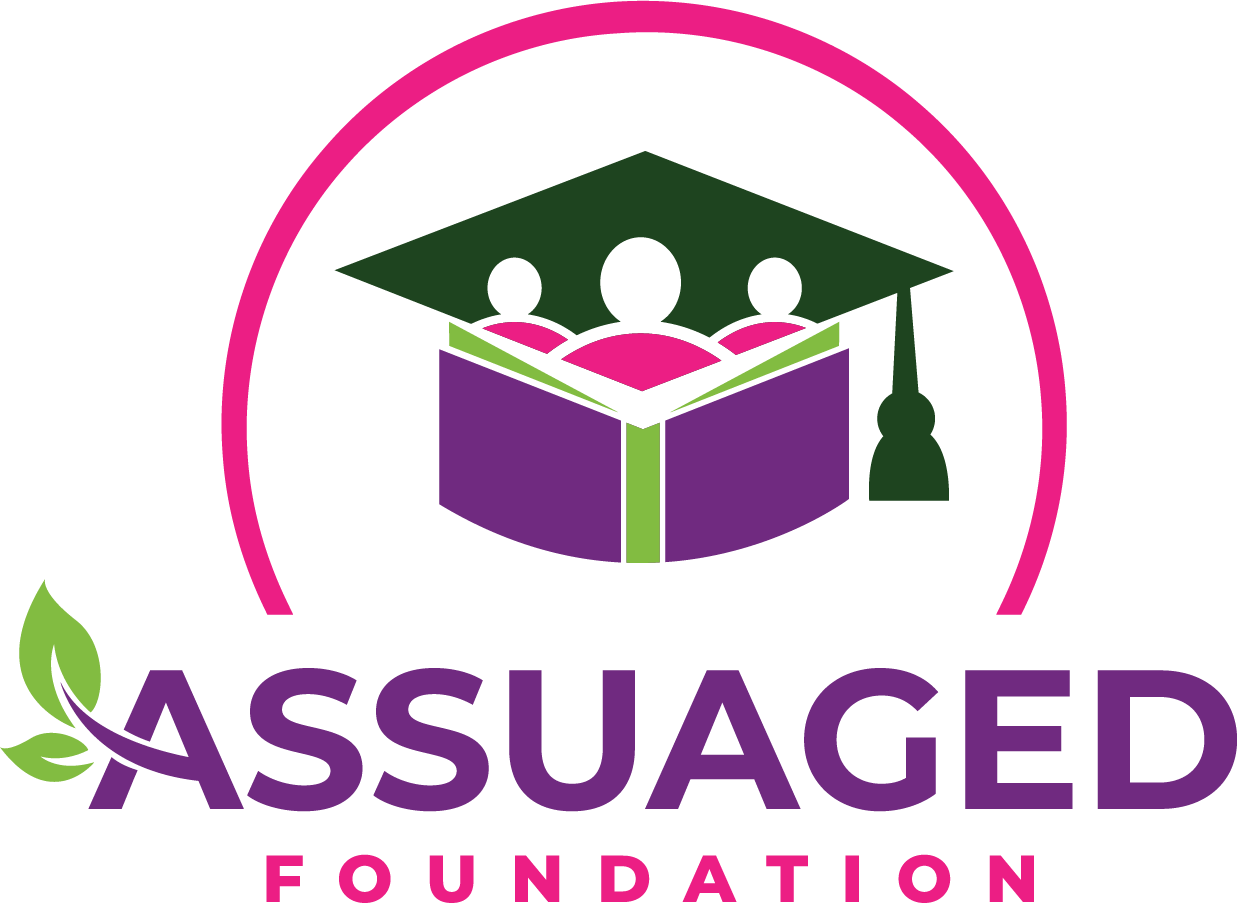For all who care about health and wellness, it is easily noticeable that a balanced, nutritious diet is one of the most fundamental pieces of a healthy lifestyle. Professionals in the fields of public health and nutrition have researched this topic for decades. Thanks to their efforts, we now have evidence-based, easy-to-follow dietary guidelines.
However, not all dietary guidelines are the same. Different countries have different guidelines that reflect the realities and fit the needs of their people. In the United States, two of the best-known and most widely accepted dietary guidelines are the USDA's MyPlate[1] and Harvard University's Healthy Eating Plate[2].

The plates look similar, and both do a great job presenting a healthy, well-balanced diet. But when examined closely, you'll find some significant differences.
Whole Grains, Good Grains.
The Healthy Eating Plate recommends only whole grains, while the most recent version of MyPlate suggests a 50-50 share of whole grains and their refined counterparts. [3]
The health benefits of whole grains have been supported by evidence-based scientific studies[4]. Whole grains generally have a higher nutrition density compared to refined grains; they contain more proteins, vitamins, minerals, and, most importantly, dietary fiber. [5]
Dietary fiber is important for supporting the health of both the digestive system and the cardiovascular system. It also plays a role in blood sugar control and weight management. The typical recommended daily intake of dietary fiber is 38/25 grams for male/female bodies, perspectively. As most adults in the U.S. are not eating enough fiber [6], both of the dietary guideline plates highlight whole grains.

But why doesn't the USDA's MyPlate recommend 100% whole grains like Harvard's plate does? In other words, what are the reasons for choosing refined grains over whole grains given all the health benefits whole grains bring? First of all, not everyone enjoys the taste and texture of whole and intact grains. And for certain groups of people, lack of access to high-quality, affordable whole-grain products can also be a problem. Taking these factors into consideration, a 50% share of whole grains sounds like a more achievable goal.
Oil Matters!
While MyPlate does not provide specific guidance on fats and oils, the Healthy Eating Plate has a bottle of healthy fats placed in the upper left corner. It recommends a wise choice and moderate intake of healthy, plant-based oils such as those found in nuts, seeds, and olives.
Emphasizing the quality of dietary fats and oils in dietary guidelines is important. Being one of the macronutrient groups, fats play crucial roles in maintaining overall health and well-being, typically in weight management and cardiovascular health. The Healthy Eating Plate wins this round because it provides guidelines to distinguish good and bad fats and thus contributes to the prevention of diet-related chronic health conditions. [7]

You Are What You Eat... And Drink.
Another difference we can identify between the two plates is the cup in the upper right. MyPlate encourages consuming 3 cups of low-fat or fat-free options daily. The Healthy Eating Plate, on the other hand, does not emphasize dairy as a separate category. It instead suggests water, coffee, or tea as the main beverages and limits the daily intake of milk and dairy products to no more than two servings.
One potential reason why MyPlate included milk as a distinct section of the guideline is the public health concern of calcium inadequacy among certain groups in the U.S. Based on national survey results, BIPOC, Latinx, low-income populations, postmenopausal females, and individuals who avoid dairy products are at risk of calcium inadequacy. [8]
Milk and dairy products are, for sure, great dietary sources of calcium, but they are not the only choice. Plant-based foods like tofu and leafy greens also contain sufficient calcium. [9]

It is worth noticing that about 1/3 of the population in the United States has lactose malabsorption.[10] The decision to include dairy in the MyPlate dietary guideline was probably made after balancing the overall public health impact and the inevitable influence of the dairy industry. [11]
Which Plate Is Your Plate?
In summary, both MyPlate and the Healthy Eating Plate provide useful guidelines for creating a balanced and healthy diet. The Harvard Healthy Eating Plate "is based exclusively on the best available science and was not subject to political or commercial pressures from food industry lobbyists.”[3] It tends to place a greater emphasis on whole, plant-based food choices and specific recommendations for healthy fats compared to the USDA's MyPlate.
MyPlate is based on the dietary guidelines updated every five years by the USDA and HHS. The purpose is to promote overall health and prevent diseases.[12] It needs to reflect the current food and nutrition realities of Americans and also be easier to understand and practice.
When choosing one of the plates to guide your everyday diet, you need to consider your specific health needs and food preferences. If you are currently eating an unhealthy diet, starting with MyPlate while setting the Healthy Eating Plate as the ultimate goal is a good option.
Choosing a healthy plant-based and vegan diet is most beneficial when it comes to:
-
Higher levels of energy;
-
Improved sleep;
-
 Aids in energy and overall happiness;
Aids in energy and overall happiness; -
Provides a sense of comfort and relief;
-
Could prevent major diseases such as obesity and diabetes;
-
Accomplish weight-loss and management; and
-
Improves mental and cognitive functioning.
There are really no excuses not to try healthier habits in your everyday life. If you are a man or woman looking for the specific benefits of adopting healthier habits or just want to know about the general healing properties of herbs. Please remember to comment or post any health questions, or contact us directly!
Also, feel free to share any of your favorite recipes to make and share it with the Assuaged community on our ➡️ Share A Recipe ⬅️ page!














